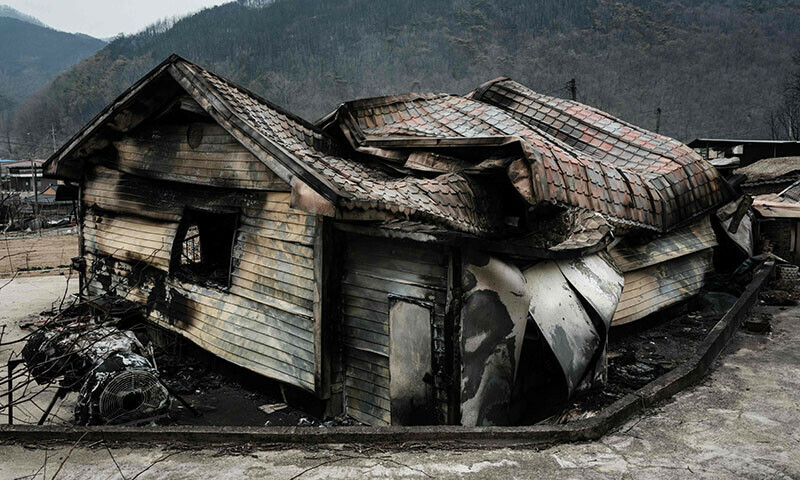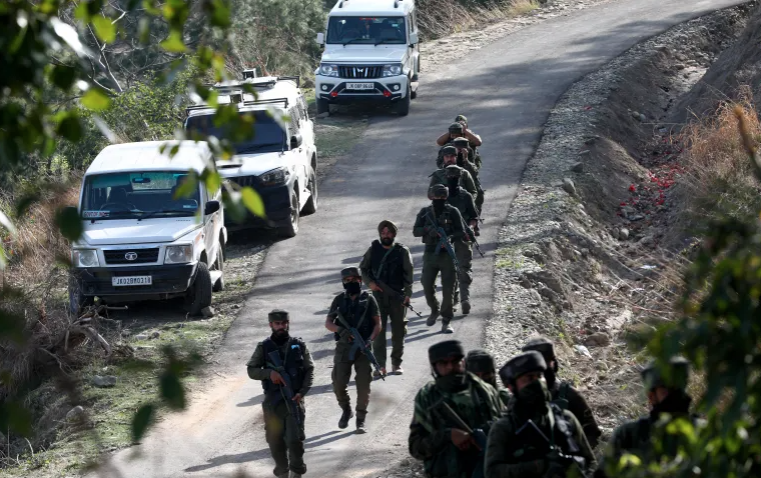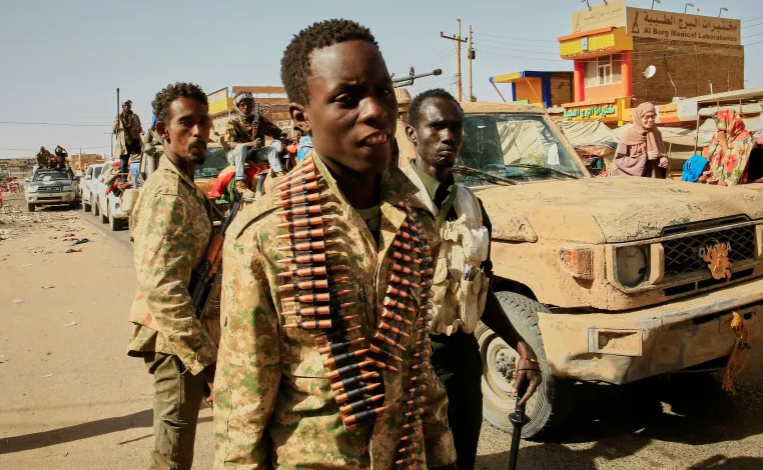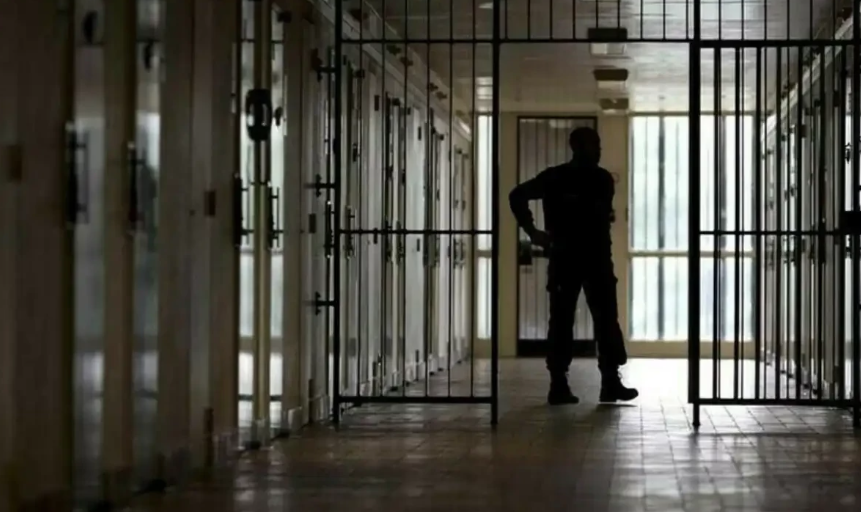WORLD NEWS

Seoul, South Korea – A catastrophic wildfire has swept through South Korea’s southeast, claiming at least 27 lives and displacing over 37,000 residents in what officials are calling the deadliest wildfire in the country’s history.
The blaze, which erupted over the weekend, has burned through more than 35,000 hectares (86,500 acres) of forest, surpassing the country’s previous record set in April 2000. The fires have cut off roads, disrupted communications, and left entire communities devastated.
“I don’t know how to describe it. My heart feels like it’s going to burst even now speaking about it,” said Kim Mi-ja, an 84-year-old Andong resident, whose home was reduced to ashes.
Firefighters Overwhelmed as Death Toll Rises
Among the casualties are three firefighters and a helicopter pilot who died when his aircraft crashed while battling the flames. With many elderly residents unable to escape in time, officials warn that the death toll could rise further.
Authorities admit that changing wind patterns and extreme dryness have exposed weaknesses in traditional firefighting methods.
“I didn’t have the strength to put the fire out. I didn’t have the courage to do it. I could only just watch,” said Lee Sung-gu, a 79-year-old survivor, describing how entire villages were wiped out.
Climate Change & Poor Forest Management to Blame?
The disaster has reignited concerns over climate change and forest management practices.
Although South Korea recorded its hottest year in 2023, recent temperatures have been in line with 30-year averages. However, the fire-hit region has seen unusually low rainfall, creating conditions ripe for wildfires.
“This wildfire has once again exposed the harsh reality of a climate crisis unlike anything we’ve experienced before,” said disaster chief Lee Han-kyung.
Factors fueling the fire:
✔ Below-average rainfall — only half the usual precipitation in affected areas
✔ Strong winds accelerating the flames
✔ South Korea’s pine-heavy forests, which burn easily due to oily resin
“If a fire breaks out, would it spread more easily on wet paper or dry paper soaked in oil? Our forests are essentially covered in oil-soaked paper,” said Professor Hong Suk-hwan from Pusan National University, criticizing South Korea’s focus on preserving large pine trees instead of cultivating mixed forests.
Cultural Heritage at Risk
The fire also threatens South Korea’s UNESCO-listed sites.
Bongjeongsa Temple in Andong, the country’s oldest wooden structure, had to cut down a 200-year-old pine tree to prevent the flames from reaching the temple.
Byeongsan Seowon, a historic Confucian academy, is under constant water bombardment as firefighters desperately try to save it.
“We are spraying three tonnes of water every day,” said Lee Seung-myung from the Andong Fire Department.
Hope on the Horizon?
Authorities pin their hopes on rain, expected late Thursday, which could provide much-needed relief in battling the inferno.
As firefighters, residents, and disaster response teams continue the fight, the tragedy serves as a stark reminder of the growing threat of extreme weather events fueled by climate change.




